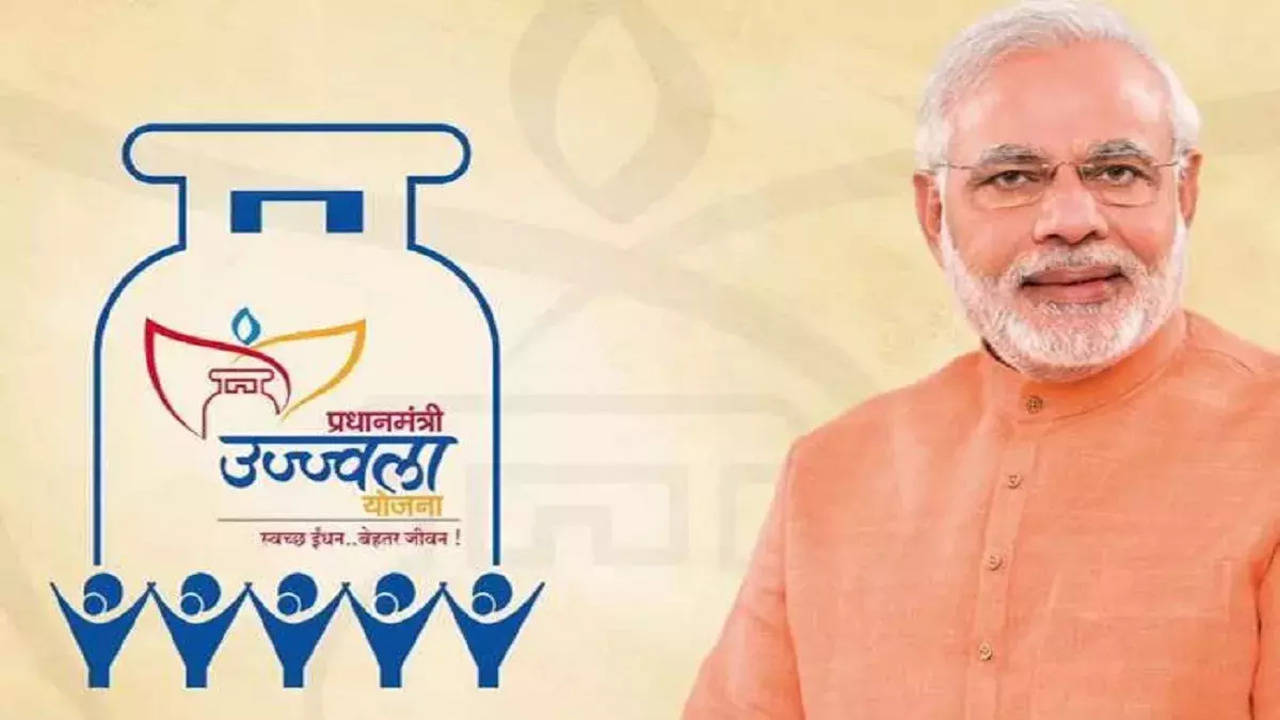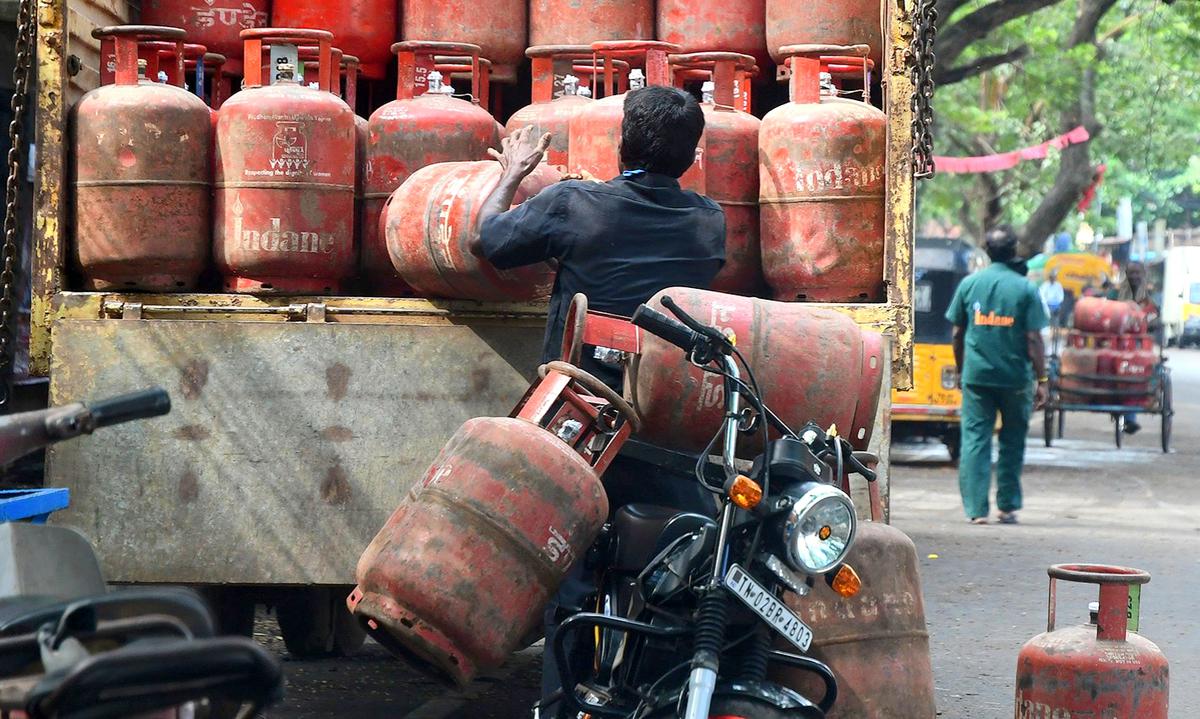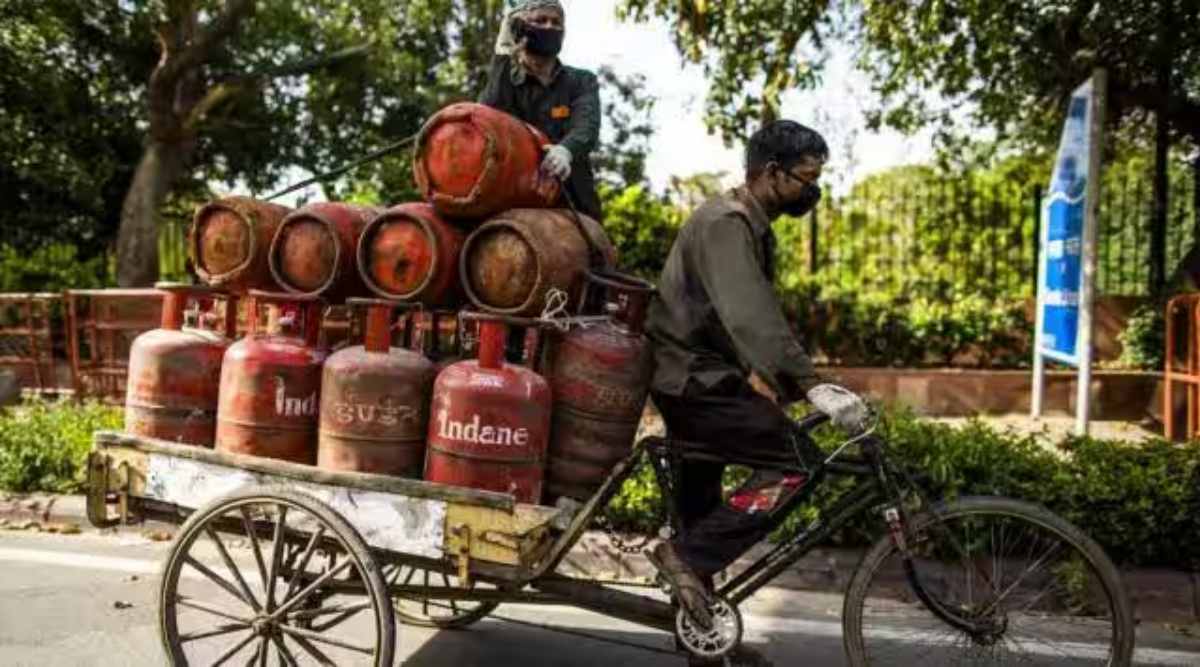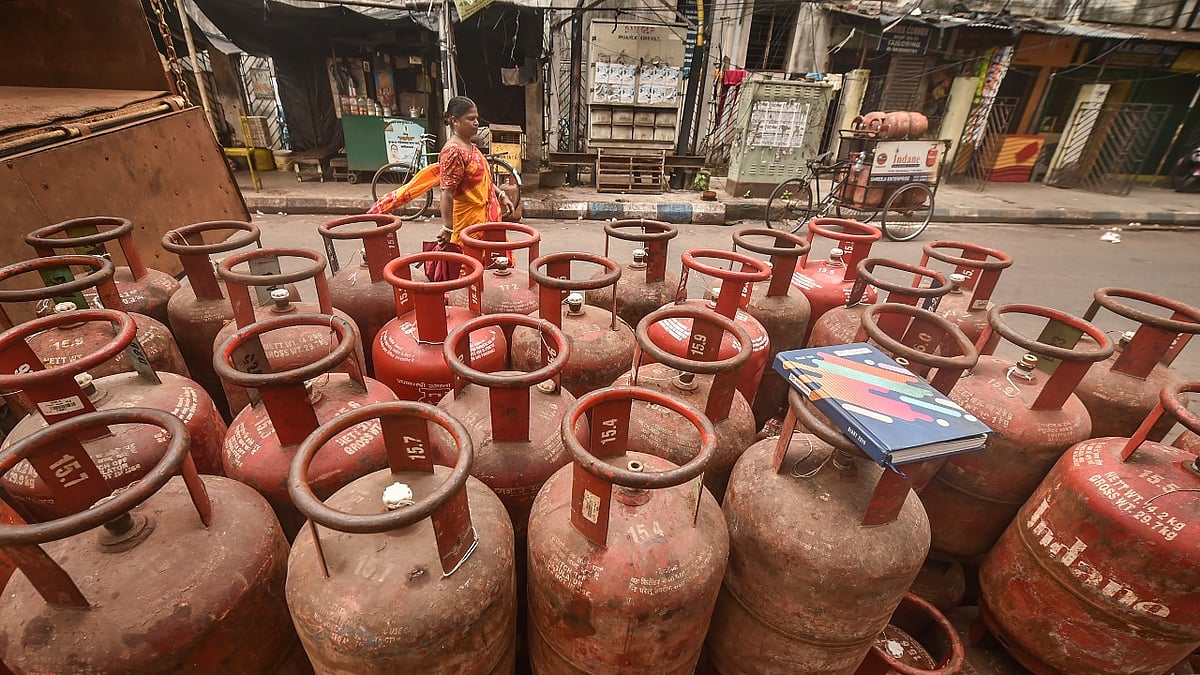Ujjwala beneficiaries are now receiving an increased LPG subsidy of Rs 300

Ujjwala beneficiaries are now receiving an increased LPG subsidy of Rs 300
Liquefied Petroleum Gas (LPG) has transformed the way India cooks. With an aim to provide clean fuel and reduce the health hazards associated with burning traditional fuels like wood and cow dung, the Indian government launched the Pradhan Mantri Ujjwala Yojana (PMUY) in 2016.
Under the PMUY, millions of below poverty line (BPL) households have been provided with LPG connections. To further support these beneficiaries, the government has now announced a hike in the LPG subsidy, taking it to Rs 300.

The decision to hike the subsidy comes at a time when global crude oil prices are on the rise, leading to an increase in the domestic price of LPG.
The raised subsidy aims to cushion the impact of these price hikes on the marginalized sections of the society. With the increased subsidy, the effective price that the Ujjwala beneficiaries will have to pay will be substantially reduced, ensuring that LPG remains affordable for them.
In an effort to quell opposition criticism of high fuel costs, the government on Wednesday increased the subsidy given to low-income women who received free cooking gas connections via the Ujjwala Yojana to Rs 300 per cylinder.
Anurag Thakur, the Union Minister for Information and Broadcasting, informed reporters that the Cabinet Committee on Economic Affairs increased the subsidy from Rs 200 per 14.2-kg cylinders for up to 12 refills per year to Rs 300 each bottle.

The price of cooking gas was reduced by 200 rupees a cylinder by the government in late August in advance of assembly elections in five states, including Madhya Pradesh and Rajasthan. Following this, the cost of an LPG cylinder dropped to Rs 903.
After taking into account the Rs 200 per cylinder subsidy, which is immediately deposited into connection holders’ bank accounts, the cost for Ujjwala users was Rs 703.
A 14.2-kg LPG cylinder would now cost Rs 603 for Ujjwala users due to the rise in the subsidy.
The action followed opposition parties’ criticism of the high LPG price. If elected to power, parties like Congress are offering LPG cylinders at Rs 500.

The increase in subsidies is perceived as an effort to address that criticism. Thakur did not specify how much more subsidy outlay the change would need.
The Ujjwala Subsidy was allocated Rs 6,100 crore for 2022–23, and Rs 7,680 crore for the current 2023–24 fiscal year (April 2023–March 2024).
Customers of the Pradhan Mantri Ujjwala Yojana (PMUY) are encouraged to use LPG continuously by the targeted support provided to them.
PMUY users raised their average LPG usage by 20%, from 3.01 refills in 2019–20 to 3.68 in 2021–20.

The targeted subsidy is accessible to all PMUY beneficiaries.
The government introduced the Pradhan Mantri Ujjwala Yojana in May 2016 to offer deposit-free LPG connections to adult women of poor families in order to make liquefied petroleum gas (LPG), a clean cooking fuel, accessible to rural and underprivileged poor households.
The main aim of the PMUY is to reduce the use of polluting cooking fuels in rural and marginalized areas. With LPG being a cleaner alternative, its increased adoption can lead to a reduction in indoor pollution, which is a major health hazard in many Indian households.
As global crude prices continue to fluctuate, the economic burden on the end consumer, especially those from economically weaker sections, increases. By hiking the subsidy, the government ensures that these households do not revert to using traditional and harmful fuels due to the cost factor.
Traditional fuels like wood and cow dung produce a significant amount of smoke when burned. This has been linked to respiratory diseases and other health issues. By making LPG affordable, the government is also investing in the health of its citizens.
Women, in most Indian households, are primarily responsible for cooking. Using traditional fuels not only exposes them to health risks but also consumes a significant amount of their time. LPG, being a quicker and cleaner alternative, can lead to the empowerment of women, giving them more time for other productive activities.

Ensuring that LPG reaches the remotest parts of the country is essential. This requires a robust distribution network and infrastructure.
Many beneficiaries, especially in rural areas, might not be fully aware of the benefits of LPG or how to use it safely. Conducting awareness programs is crucial.
While subsidies provide immediate relief, in the long run, the government needs to ensure that the LPG prices are sustainable and do not strain its finances.

The decision to hike the LPG subsidy for Ujjwala beneficiaries to Rs 300 reflects the government’s commitment to promote clean energy and ensure the welfare of its citizens. It’s a step in the right direction but needs to be complemented by other measures to ensure that the benefits of LPG reach every household in India.




